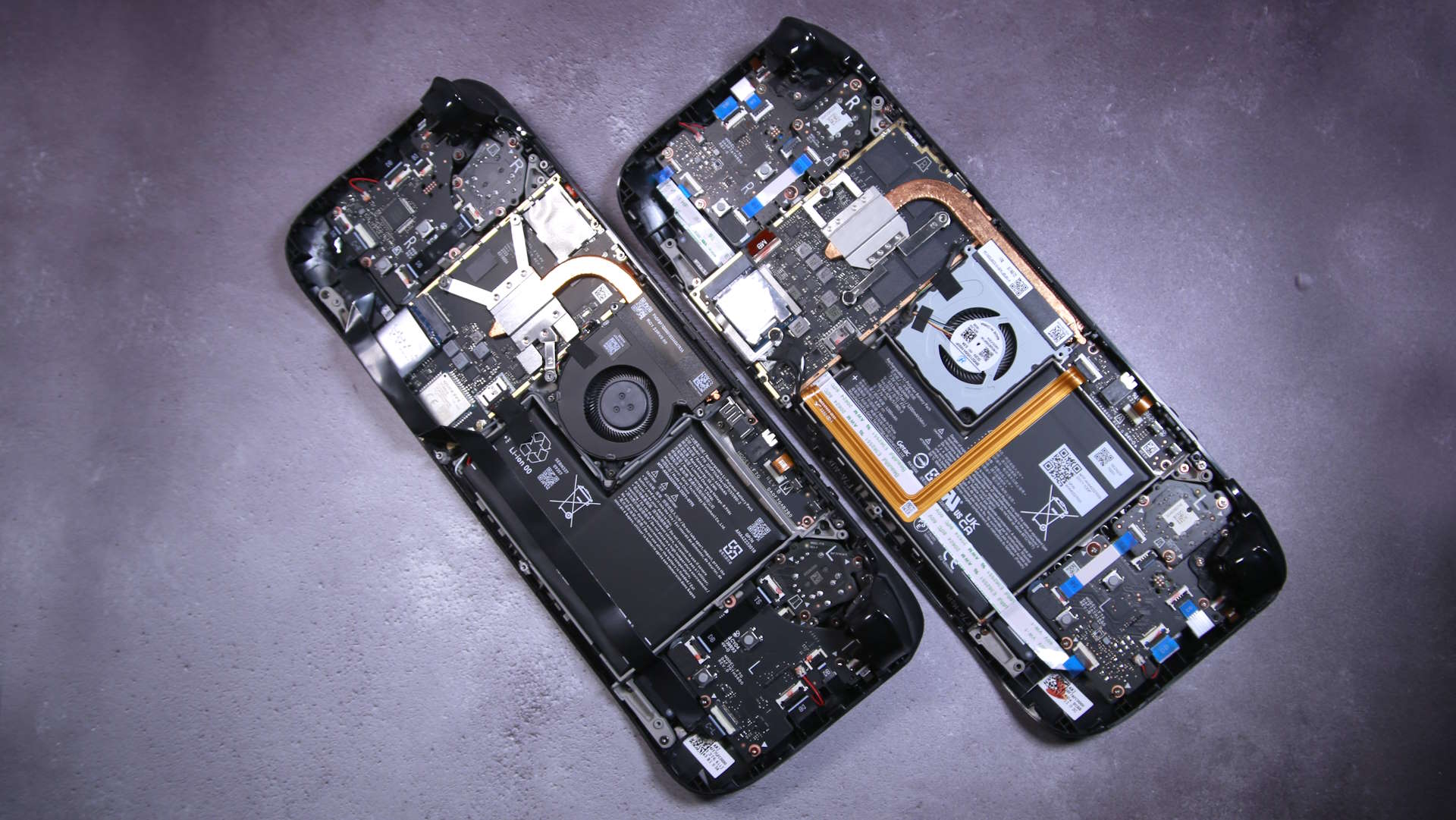Valve has been adamant to talk up the new Steam Deck OLED as “the definitive first-generation Steam Deck” and definitely not anything like a sequel to its immensely popular inaugural handheld PC. But if you were under any illusions that it wasn’t coming Valve has confirmed “it’s definitely something we’re working on and planning for.”
Which shouldn’t come as any surprise, considering how well-received the Steam Deck has been, and indeed the impact that it’s had on the handheld PC market as a whole. But Valve doesn’t have a lot of history in the hardware space of making sequels. I mean, you could argue the same is true to a certain extent in the software space given how long people have been talking about a specific crowbar-wielding threequel.
But the Valve Index was one of the best VR headsets around and, despite many rumours, we’ve still yet to see any evidence of a brand new set of Steamy VR goggles.
And maybe that’s for the same reason that we’re not going to see a Steam Deck 2 for a while yet, because the hardware it wants to use has yet to be made. Valve’s Pierre-Loupe Griffais has already been on record to say that it doesn’t think the architectural and performance leaps it wants will “be possible in the next couple of years.”
Which was something Lawrence Yang and Yazan Aldehayyat, both long-time members of the Steam Deck team, said to me when I caught up with them around the launch of the new OLED model.
“It needs to be the right time,” says Yang. “And we have to have the right parts for it. So we really want there to be a generational leap in performance for us to be able to comfortably call it a Steam Deck 2.”
While the new device does indeed have a new APU inside it, the AMD Sephiroth chip, it is essentially just a 6nm die-shrink of the previous 7nm AMD Aerith APU of the first Deck. The current Phoenix chips, such as the Ryzen 7 7840U and Z1 Extreme APUs that power the latest and most powerful gaming handhelds on the market, however, simply don’t represent the sort of overall performance boost Valve is looking for.
“We’re keeping an eye on chips and APU that are available,” Yang tells me. “The things that are available right now are not right yet. But maybe in two to three years, there will be something that is good in the same way that our current APU is, in terms of the power envelope, with performance, with battery draw. All of those things have to be in the sweet spot for a real move to a new chip.”
And it’s that holistic thing they’re looking for with any new chip. Valve knows performance isn’t everything, and that has been one of the reasons for the success of the Steam Deck; you have to have everything else, too. And you also need to be able to make it affordable.
“We feel pretty happy about the power envelope, the battery life, and the weight of the device,” says Yazan Aldehayyat, one of the longest serving on the Steam Deck team, and one who has worked in detail on the mainboard and system architecture side of things.
“And I think for us to make a second version,” he continues, “we will be able to have a substantial performance improvement while sticking to a similar kind of power range and weight to battery life. And that’s not going to happen next year or the year after that. It’s probably going to be more than that.”
(Image credit: Future)
Steam Deck OLED review: Our verdict on Valve’s handheld.
Best Steam Deck accessories: Get decked out.
Steam Deck battery life: What’s the real battery life?
Best handheld gaming PC: What the best travel buddy?
When that vague timeline was first mooted by Griffais earlier this year most took that to mean there would be no new Steam Deck at all. But the OLED version has taken a lot of people by surprise. Seeing as how Valve has seemingly taken a leaf out of Nintendo’s Switch playbook with this screen update, the logical question would be: Is there a Steam Deck Lite in the offing?
“Not, not right now that we’re going to talk about,” says Yang. “I think that one thing we do want to emphasise is we’re not looking at a yearly cadence or anything like that, in terms of product updates.
“We’re really happy with the ergonomics and trade-offs that we’ve made with the Steam Deck. But, of course, we’re always listening to customers. And I think that the next thing that we’re working on moving forward is Steam Deck 2.”











